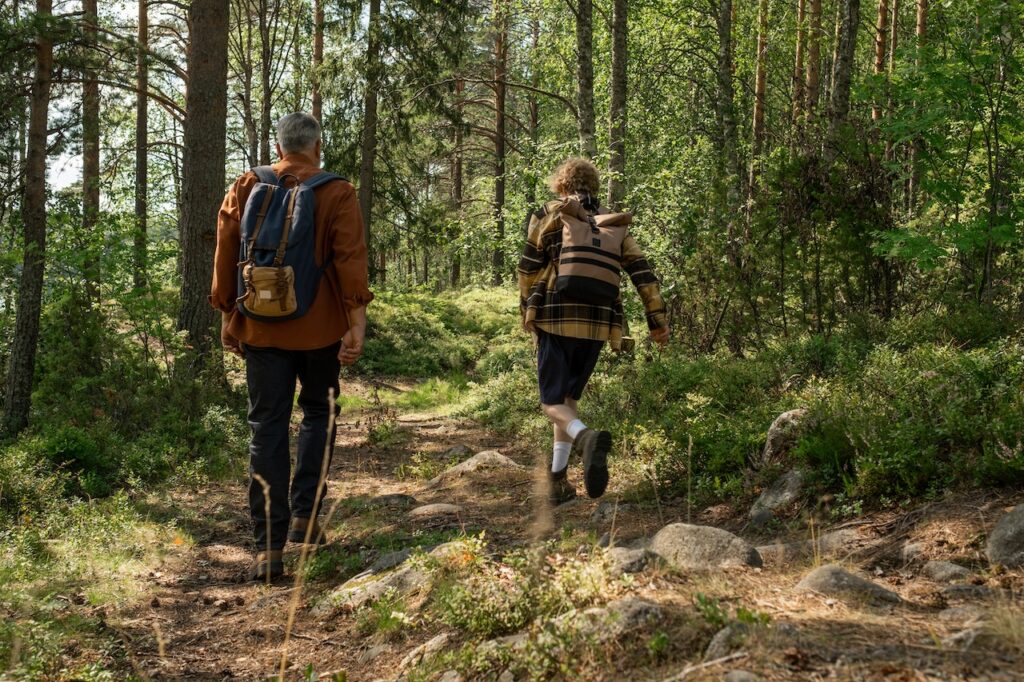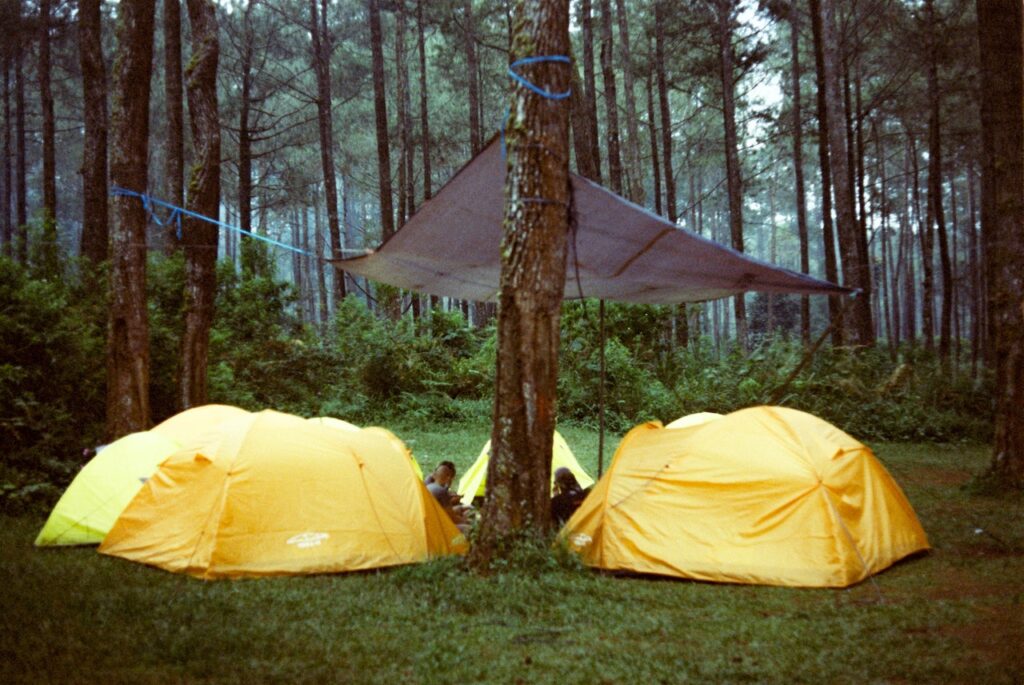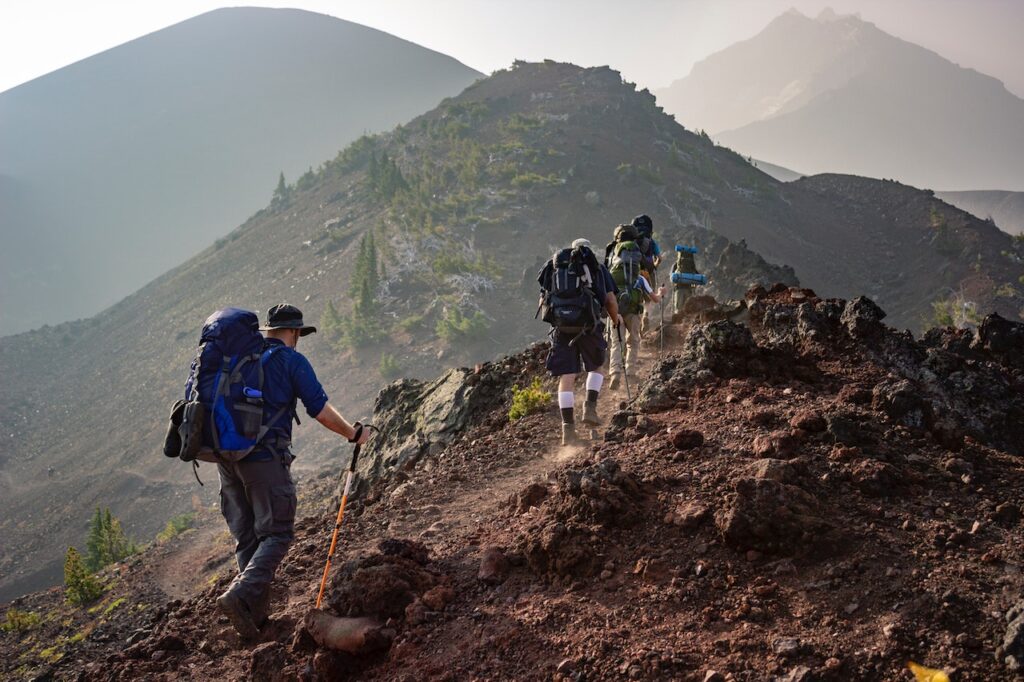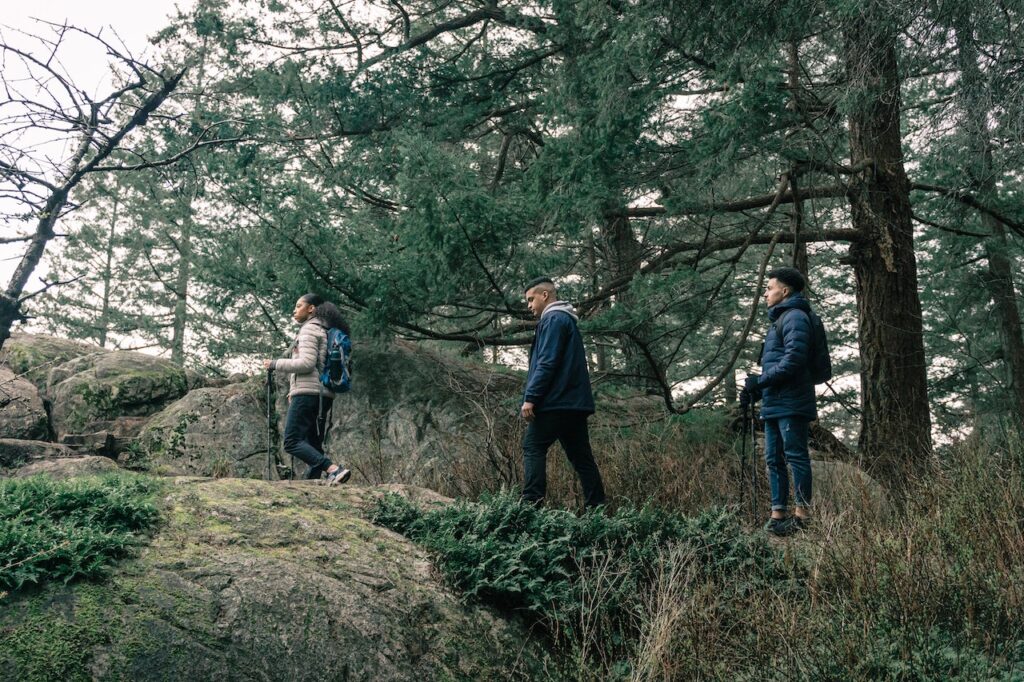Hiking is a fantastic way to bond with your family, foster a love for the outdoors, and create lasting memories. However, embarking on a family hike isn’t as straightforward as it might seem. There are unique challenges and considerations that come into play when you’re trekking with children of different ages, and perhaps even grandparents. To ensure that your family hiking adventure is safe, enjoyable, and memorable, it’s essential to navigate these challenges with care.
1. Choose the Right Trail
The first consideration when planning a family hike is the trail itself. Not all hiking trails are suitable for families, especially those with young children or elderly members. Look for trails that are rated as easy or moderate, have clear paths, and are well-marked. It’s also wise to pick trails with interesting features like waterfalls, lakes, or wildlife, as these can captivate the younger members of your group.
2. Manage Expectations
It’s crucial to set realistic expectations for your family hike. Children may not have the same endurance as adults, and they’ll likely need more breaks. Plan for a slower pace and be prepared to turn back if conditions deteriorate or if someone is feeling unwell. The primary goal is to have a safe and enjoyable experience, so flexibility is key.
3. Pack Smartly
Packing appropriately is a cornerstone of a successful family hike. Ensure you have enough water, snacks, and first-aid supplies. Each family member should carry a small backpack with essentials. Additionally, dress in layers and consider the weather conditions. Bring rain gear if necessary, and don’t forget hats and sunscreen to protect from the sun.
4. Safety First
Safety should always be the top priority. Teach your children about hiking safety, including staying on the trail, not approaching wildlife, and recognizing poisonous plants. Also, have a map and compass, and make sure someone knows your hiking plans and expected return time.
5. Trail Games and Learning Opportunities
Engaging your children during the hike is crucial to their enjoyment. Plan some fun activities like scavenger hunts, where they can search for specific leaves, rocks, or wildlife. Use this time in nature as a learning opportunity, teaching them about the environment, wildlife, and the importance of preserving nature.
6. Rest and Snack Breaks
Regular breaks are essential, especially for young children. Use these breaks not only for rest but also for snacks and hydration. Familiarize yourself with suitable spots along the trail where you can stop and enjoy a snack with a beautiful view.
7. Be Mindful of Age and Abilities
In a family group, ages and abilities can vary significantly. Grandparents may not have the same stamina as the kids, so it’s important to choose trails that accommodate all members of your group. You might consider shorter hikes or even using child carriers for the youngest members of the family.
8. Leave No Trace
Teach your children the principles of Leave No Trace, emphasizing the importance of picking up trash, staying on the trail, and respecting the environment. Encourage a sense of responsibility for the natural world, fostering a lifelong appreciation for nature.
9. Capture the Moments
Don’t forget to capture the special moments during your family hike. Bring a camera or use your smartphone to take pictures of the scenery and your family members enjoying the hike. These photos will serve as cherished memories for years to come.
10. Reflect and Celebrate
At the end of the hike, take some time to reflect on the adventure. Ask each family member what they enjoyed the most and what they learned. Celebrate the accomplishment of completing the hike together and use it as an opportunity to plan future outdoor adventures as a family.
Family hikes can be immensely rewarding, providing an opportunity for bonding, learning, and adventure. By considering these special considerations and challenges, you can ensure that your family hiking experiences are safe, enjoyable, and leave lasting positive impressions on everyone involved. Remember, the journey is as important as the destination, and hiking together as a family is a journey filled with discovery, love, and togetherness.









